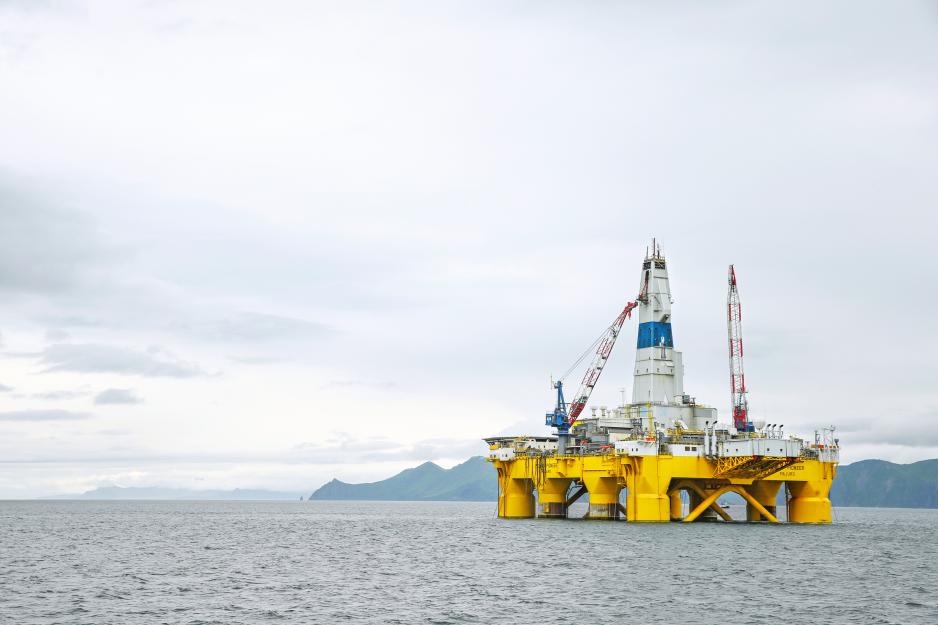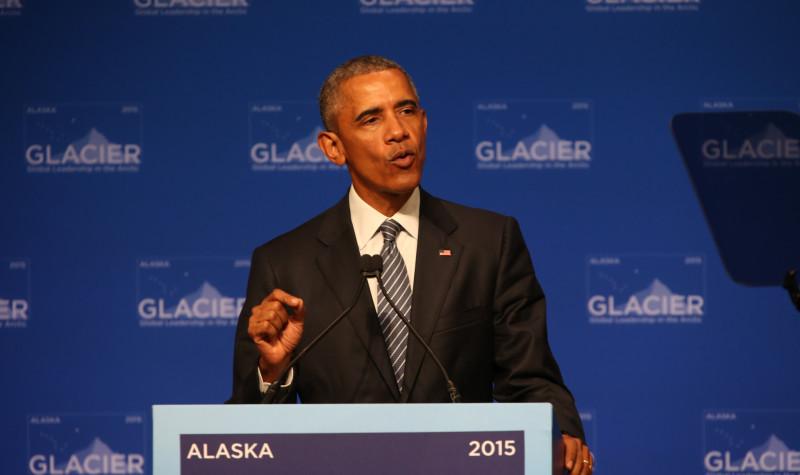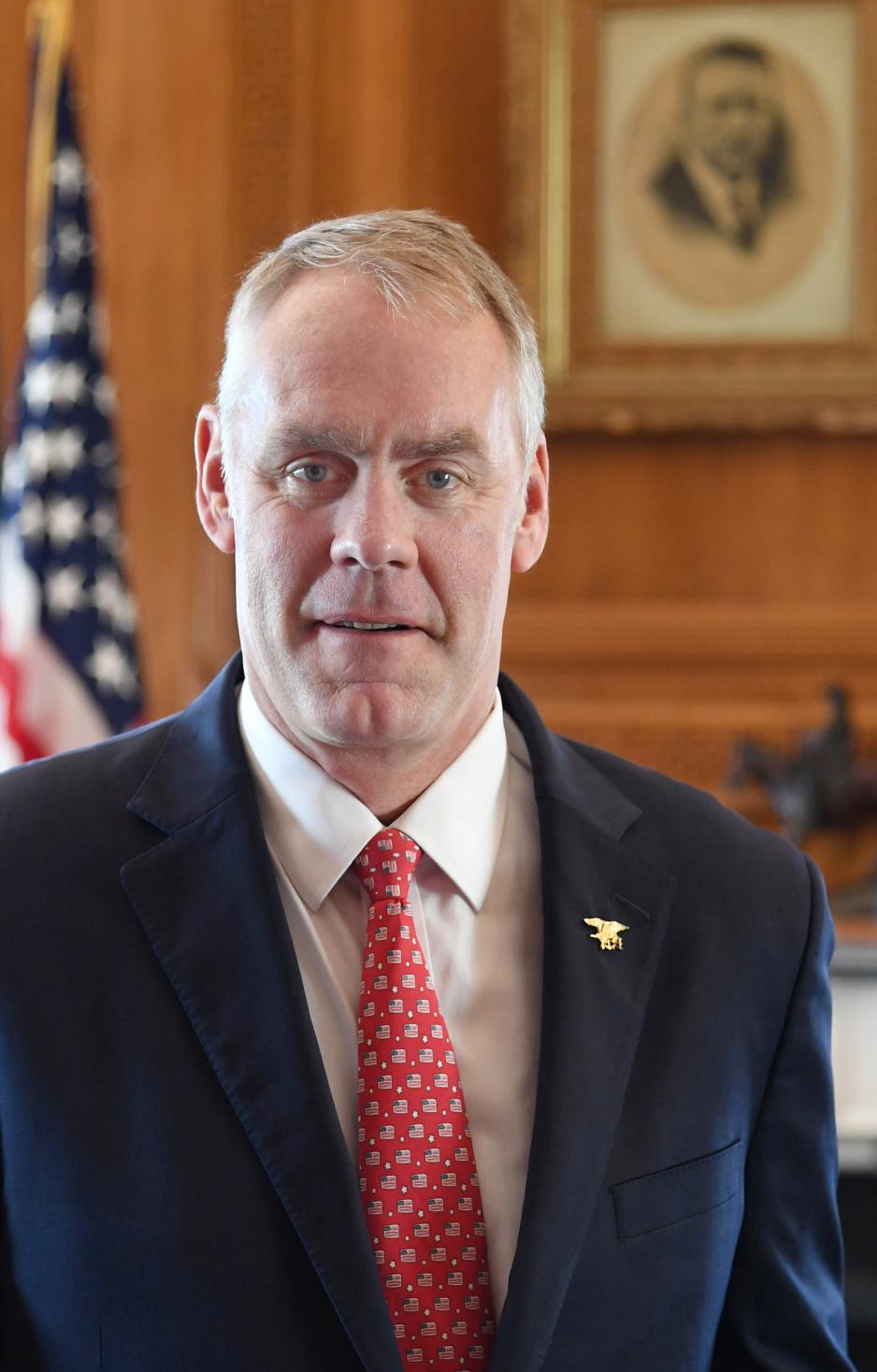Trump Moves to Reverse Obama’s Drilling Ban in Arctic Waters

Today, the US department of the interior is ending a 45-day long public comment period that will help decide whether the ban on drilling in Arctic waters could be reversed.
The public input period is a part of the new National Outer Continental Shelf Oil and Gas Leasing Program (National OCS Program), which could replace the 2017-2022 program put in place by the Obama Administration.
Trump reverses Obama’s ban
On April 28 2017, President Trump issued an executive order on a new offshore energy strategy, including a section calling for a review of the rule banning offshore Arctic oil drilling.
Right before his 100th day as president, Trump signed the order and started the process of opening offshore areas for energy exploration, including in the Arctic.
"It [the executive order] reverses the previous administration’s Arctic leasing ban, and directs Secretary Zinke to allow responsible development of offshore areas that will bring revenue to our Treasury and job to our workers," Trump stated at the signing of the executive order.
Obama’s ‘permanent’ ban
In December 2016, during his last weeks as president, Obama put through an order blocking the sale of new offshore drilling and mining rights, including in the Arctic and Atlantic, in an attempt to make it difficult for the coming president to reverse the decision.
Obama took further steps.
A month ahead of the decision, the Interior Department had already announced a Oil and Gas Leasing Plan for 2017-2022 that did not include the Beaufort and Chukchi Seas areas, where significant oil and gas resources are estimated to be.
But in order to make it more difficult for the incoming administration to reverse this, Obama took further steps.
In order to ban Arctic offshore drilling, Obama used a provision under the 1953 Outer Continental Shelf Lands Act (OCSLA), which allows the President to ban leasing of offshore resources permanently.
The ban was met with support from environmental groups, who feared, among other things, the effects of a possible oil spill in remote areas with lacking infrastructure and a challenging environment.
Years until a new plan is ready
Despite Trump’s executive order to reverse the ban, the process to do so will be difficult and lengthy. The way he will do it is to create a new five-year leasing plan for 2019-2024, which will replace the one currently in place if approved.
Also read (the article continues)
The Interior Department and the Bureau of Ocean Energy Management (BOEM) will have to go through multiple stages in order to create a new plan. The public input period that ends today is just the start of it.
"The law has a very process rich approach to looking at the oil and gas leasing – it will take 2-3 years before we can get a new five-year program in place," said Walter Cruickshank, the Acting Director of BOEM at a CSIS event on America’s Arctic Economic Ambitions in July this year.
"The law requires three separate proposals – the rest of which we hope to have out by the end of the year, but it will be a couple years down the road before we will know whether the Arctic will be in that new program or not," he added.
In a press briefing on Trump’s executive order, Secretary of Interior Ryan Zinke ensured that the revision process will be done in a transparent matter. "The core of this is to make sure that the public has a voice," Zinke said.
Congress has the final say
Additionally, the law puts out requirements for analysis and environmental review, and requires the Secretary of Interior to consider economic, social and environmental factors when making leasing decisions.

President Obama made an urgent call for the production of a new icebreaker at the GLACIER Conference in Alaska last year. (Photo: GLACIER)
Ultimately, Congress will decide whether the Obama leasing schedule should be altered with an alternative schedule, taking these considerations into account.
Trump’s Executive Order was met with strong reactions from environmental groups. A coalition of environmental groups sued the Trump administration only days after the order was signed, arguing that the President does not have authority to undo Obama’s ban.
Happy
In the lawsuit, the environmental groups claim that "President Trump’s order exceeds his constitutional authority and his statutory authority under OCSLA."
Alaska lawmakers on the other hand, were happy about the executive order. Senator Lisa Murkowski (R-AK), chair of the Senate Committee on Energy and Natural Resources, welcomed the first steps of the new leasing plan.
"I’m pleased the administration has wasted no time in starting the process for a new and better plan that could increase offshore development in Alaska and elsewhere," Morkowski stated in a statement.
On July 26, 36 Republican Senators sent a letter to Secretary Zinke supporting a revised five-year oil and gas leasing program for the outer continental shelf.
The future is uncertain
Even if the revised plan will end up including areas in the offshore US Arctic, the interests for such projects today is low. With low oil prices and a very challenging environment off the coast of Alaska, these projects are costly.
It is less than two years since Shell pulled out of its two-month long exploratory drilling project in the Chukchi Sea due to disappointing findings, high costs and high regulations.
At today’s oil prices, significant oil production in Alaska waters will likely not occur, but what the situation looks like in two years is however difficult to say.

Secretary of Interior Ryan Zinke is in charge of coming up with a revised leasing schedule. (Photo: Department of Interior/Creative Commons)

